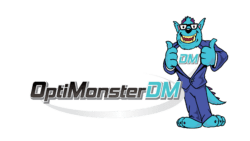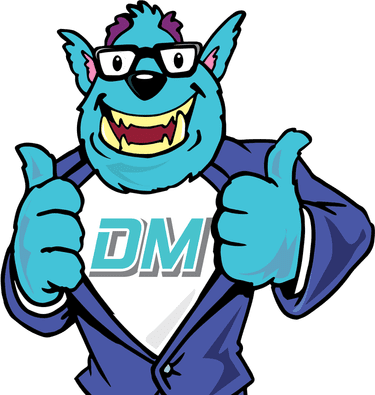Pay-per-click (PPC) advertising is a type of online advertising where you only pay when someone clicks on your ad. This makes it a very cost-effective way to reach your target audience. PPC ads are displayed at the top of the search engine results pages (SERPs) when someone searches for a keyword that is related to your business.
There are many benefits to using PPC advertising, including:
- It can help you reach a wider audience: PPC ads are displayed on the search engine results pages, which means that they can be seen by millions of people each day. This can help you to reach a wider audience than you would be able to reach through traditional advertising methods.
- It can help you to target your audience: When you create a PPC ad, you can choose the keywords that you want your ad to show up for. This means that you can target your ad to people who are already interested in what you have to offer.
- It can help you to track your results: PPC advertising is very trackable. You can see how many people click on your ads, how much you spend on each click, and how many conversions you generate. This information can help you to optimize your PPC campaigns and get better results.
How to Use PPC Advertising Effectively
If you want to use PPC advertising effectively, there are a few things that you need to do:
- Choose the right keywords: The keywords that you choose for your PPC ads are very important. You want to choose keywords that are relevant to your business and that people are actually searching for. You can use a keyword research tool to help you find the right keywords.
- Write effective ad copy: Your ad copy is what will convince people to click on your ad. Make sure that your ad copy is clear, concise, and persuasive. You should also use keywords in your ad copy so that your ad is more likely to be seen.
- Set a budget: PPC advertising can be expensive, so it’s important to set a budget before you start running ads. You can set a daily budget or a lifetime budget.
- Track your results: It’s important to track the results of your PPC campaigns so that you can see what’s working and what’s not. You can use Google Analytics to track your PPC results.
Conclusion
PPC advertising is a powerful tool that can help you to reach your target audience and grow your business. By following the tips above, you can use PPC advertising effectively and get the results that you want.
Here are some additional tips for using PPC advertising effectively:
- Use negative keywords: Negative keywords are words or phrases that you don’t want your ad to show up for. For example, if you sell shoes, you might want to add the negative keyword “free” to your campaign so that your ad doesn’t show up when people search for “free shoes.”
- Use ad extensions: Ad extensions are additional pieces of information that you can add to your PPC ads. This information can include your address, phone number, hours of operation, and more. Ad extensions can help to make your ads more informative and persuasive.
- Use remarketing: Remarketing is a way to show your ads to people who have already visited your website. This can be a great way to reach people who are already interested in what you have to offer.
- Use ad scheduling: You can schedule your PPC ads to show up at certain times of the day or week. This can help you to reach your target audience when they are most likely to be interested in what you have to offer.
PPC advertising is a complex and ever-changing field, but it can be a very effective way to reach your target audience and grow your business. By following the tips above, you can use PPC advertising effectively and get the results that you want.
Sources
1. ysj.com/en-US/get-more-customers-with-pay-per-click-ppc-search-ads.html
2. graticle.com/blog/how-to-evaluate-your-websites-effectiveness-for-your-business/




